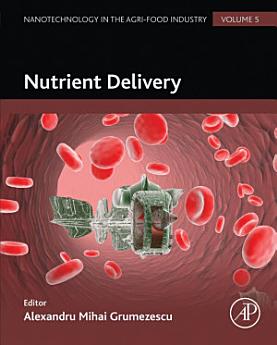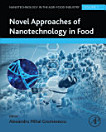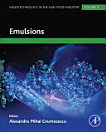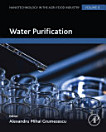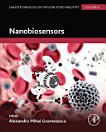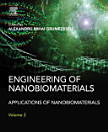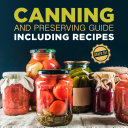Nutrient Delivery
Alexandru Grumezescu
2016-08 · Academic Press
El. knyga
850
Puslapiai
family_home
Tinkama
info
reportĮvertinimai ir apžvalgos nepatvirtinti. Sužinokite daugiau
Apie šią el. knygą
Nutrient Delivery: Nanotechnology in the Agri-Food Industry, Volume Five, discusses the fabrication, merits, demerits, applications, and bioavailability enhancement mechanisms of various nanodelivery systems. Recent developments in various nanodelivery systems are also highlighted. Volume 5 contains twenty chapters, prepared by outstanding international researchers from Argentina, Brazil, Canada, China, Croatia, India, Iran, Ireland, México, Pakistan, Portugal, Serbia, Sri Lanka, and the United States. In recent years, the delivery of micronutrients at nanoscale has been widely studied as these systems have the potential to improve bioavailability, enable controlled release and enhance stability of food bioactives to a greater extent. The nanodelivery systems typically consist of the food bioactive compound encapsulated and stabilized in food grade ingredients such as lipids, proteins or polysaccharides with diameters ranging from 10 nm to 1000 nm. Among these, the lipid based delivery systems such as nanoemulsions, solid lipid nanoparticles, nanoliposomes and micelles are widely studied for the delivery of lipophilic bioactive compounds. These delivery vehicles improve the solubility, permeability, stability and bioavailability of the lipophilic compounds thereby enhancing their potential for oral delivery and functional food development. On the other hand, the hydrophilic bioactives are delivered through protein, polysaccharide or biopolymer based colloidal nanosystems such as hydrogels, nanogels and polymer nanoparticles. The major concern other than solubility is the intestinal permeability of the micronutrients. For instance, the delivery system for compounds with poor intestinal permeability and low solubility need to be carefully designed using suitable lipids and surfactants. - Offers updated material for undergraduate and postgraduate students in food science, biotechnology, and related engineering fields - Provides a valuable resource of recent scientific progress, along with most known applications of nanomaterials in the food industry for researchers, engineers, and academics - Includes novel opportunities and ideas for developing or improving technologies in the food industry
Apie autorių
Alexandru Mihai Grumezescu is a lecturer in the Department of Science and Engineering of Oxide Materials and Nanomaterials, at the Faculty of Applied Chemistry and Materials Science, Politehnica University of Bucharest, Romania. He is an experienced researcher and published editor in the field of nano and biostructures. He is the editor-in-chief of two international open access journals: Biointerface Research in Applied Chemistry, Letters and Applied NanoBioScience. Dr. Grumezescu has published more than 200 peer-reviewed papers, authored nine books, and has served as an editor for more than 50 scholarly books.
Įvertinti šią el. knygą
Pasidalykite savo nuomone.
Skaitymo informacija
Išmanieji telefonai ir planšetiniai kompiuteriai
Įdiekite „Google Play“ knygų programą, skirtą „Android“ ir „iPad“ / „iPhone“. Ji automatiškai susinchronizuojama su paskyra ir jūs galite skaityti tiek prisijungę, tiek neprisijungę, kad ir kur būtumėte.
Nešiojamieji ir staliniai kompiuteriai
Galite klausyti garsinių knygų, įsigytų sistemoje „Google Play“ naudojant kompiuterio žiniatinklio naršyklę.
El. knygų skaitytuvai ir kiti įrenginiai
Jei norite skaityti el. skaitytuvuose, pvz., „Kobo eReader“, turite atsisiųsti failą ir perkelti jį į įrenginį. Kad perkeltumėte failus į palaikomus el. skaitytuvus, vadovaukitės išsamiomis pagalbos centro instrukcijomis.
